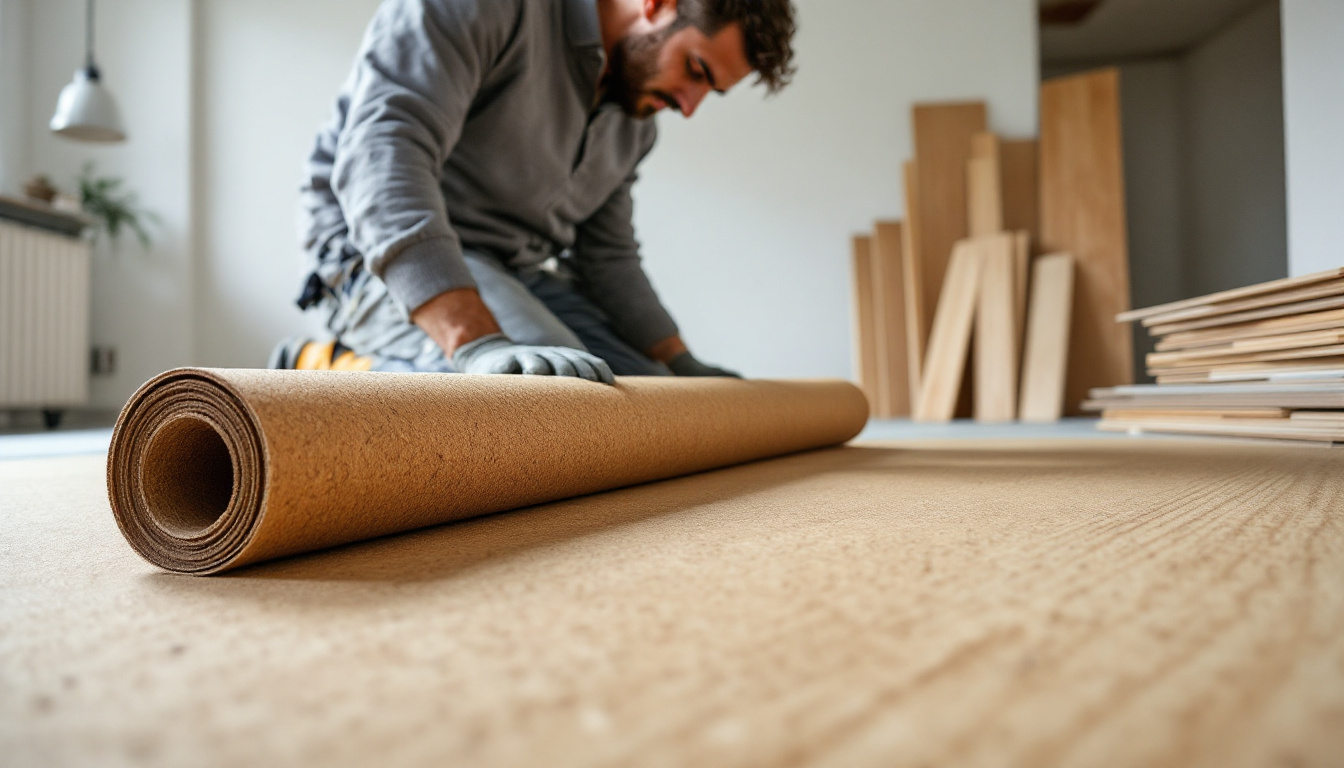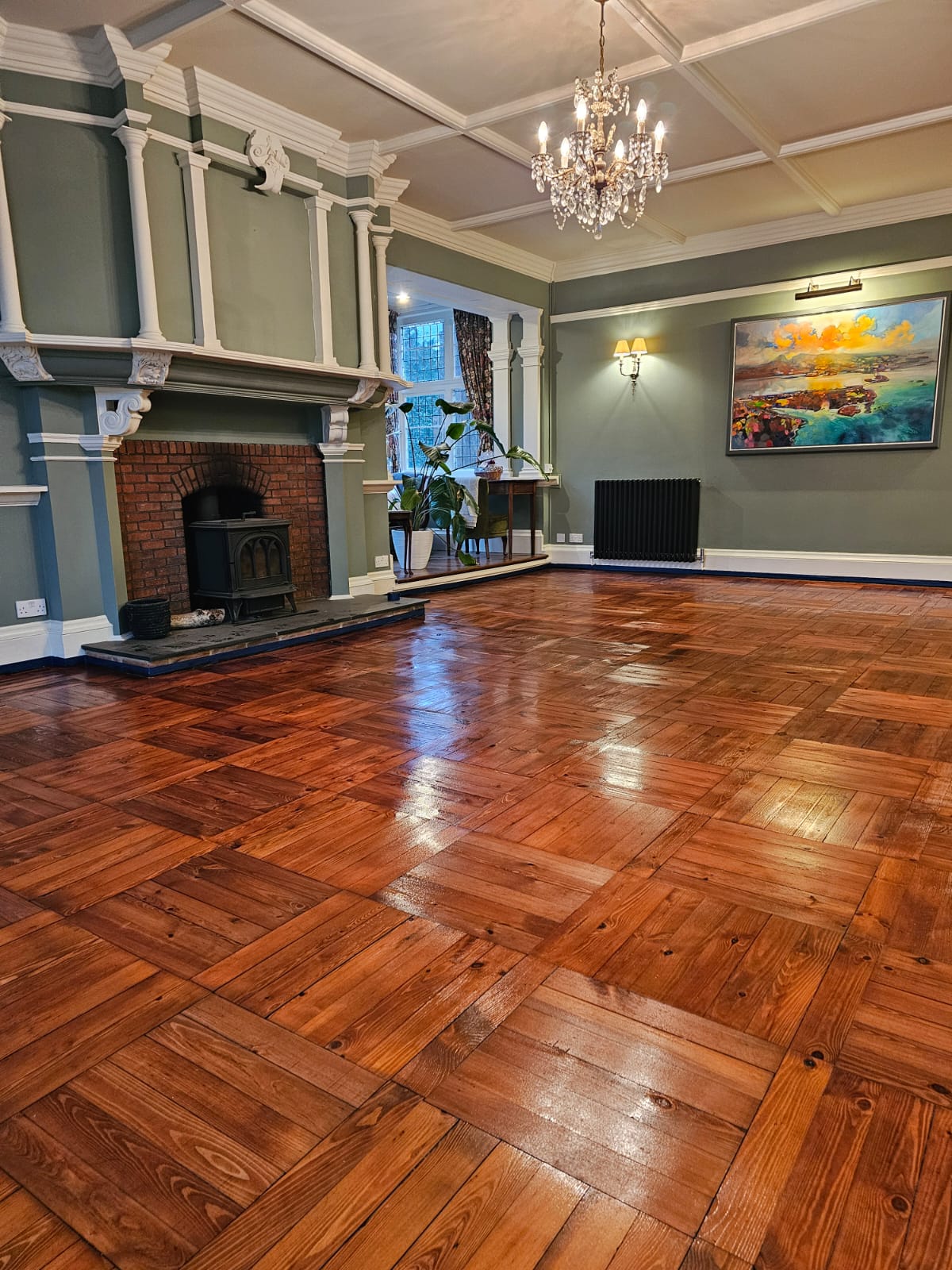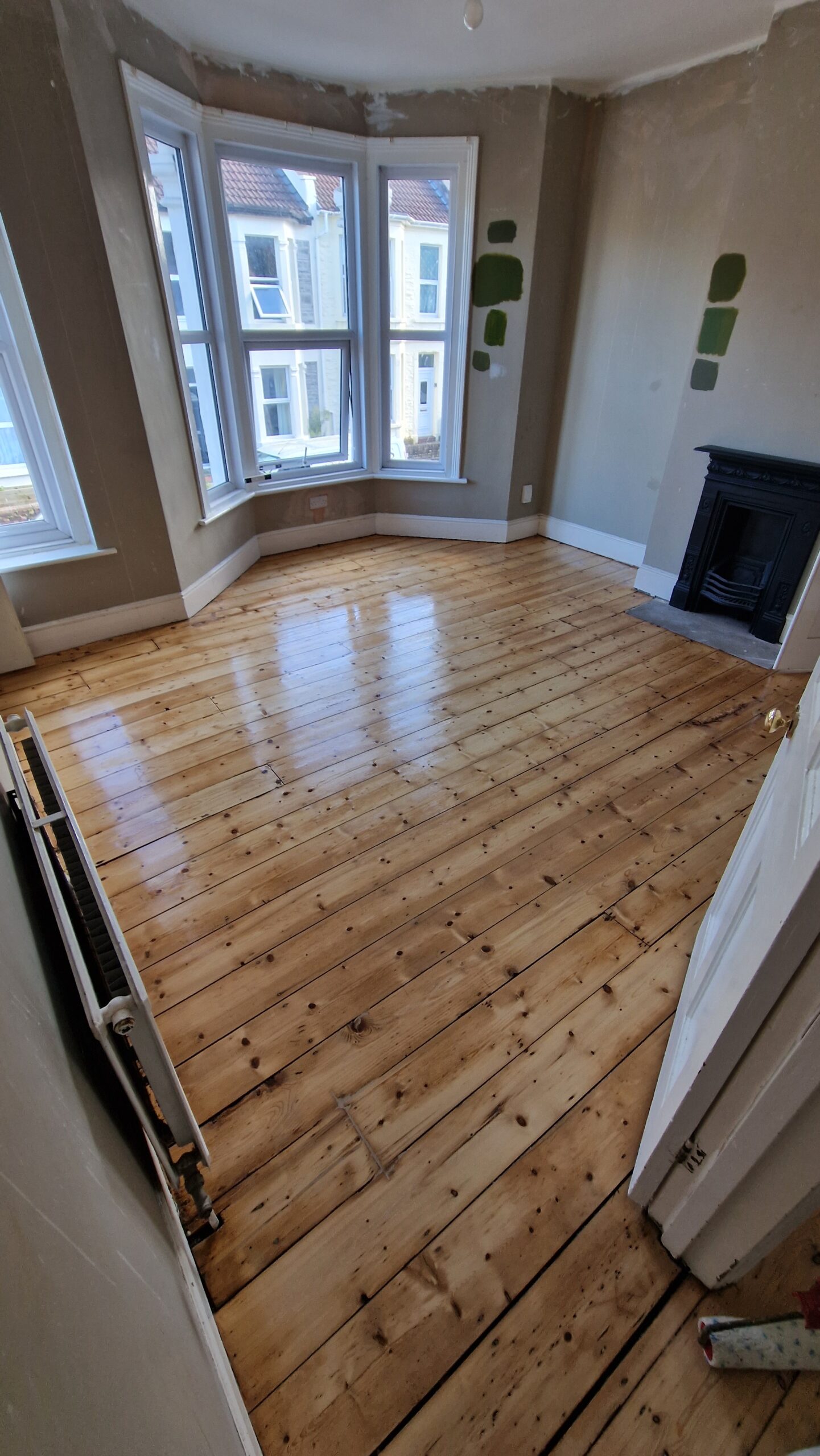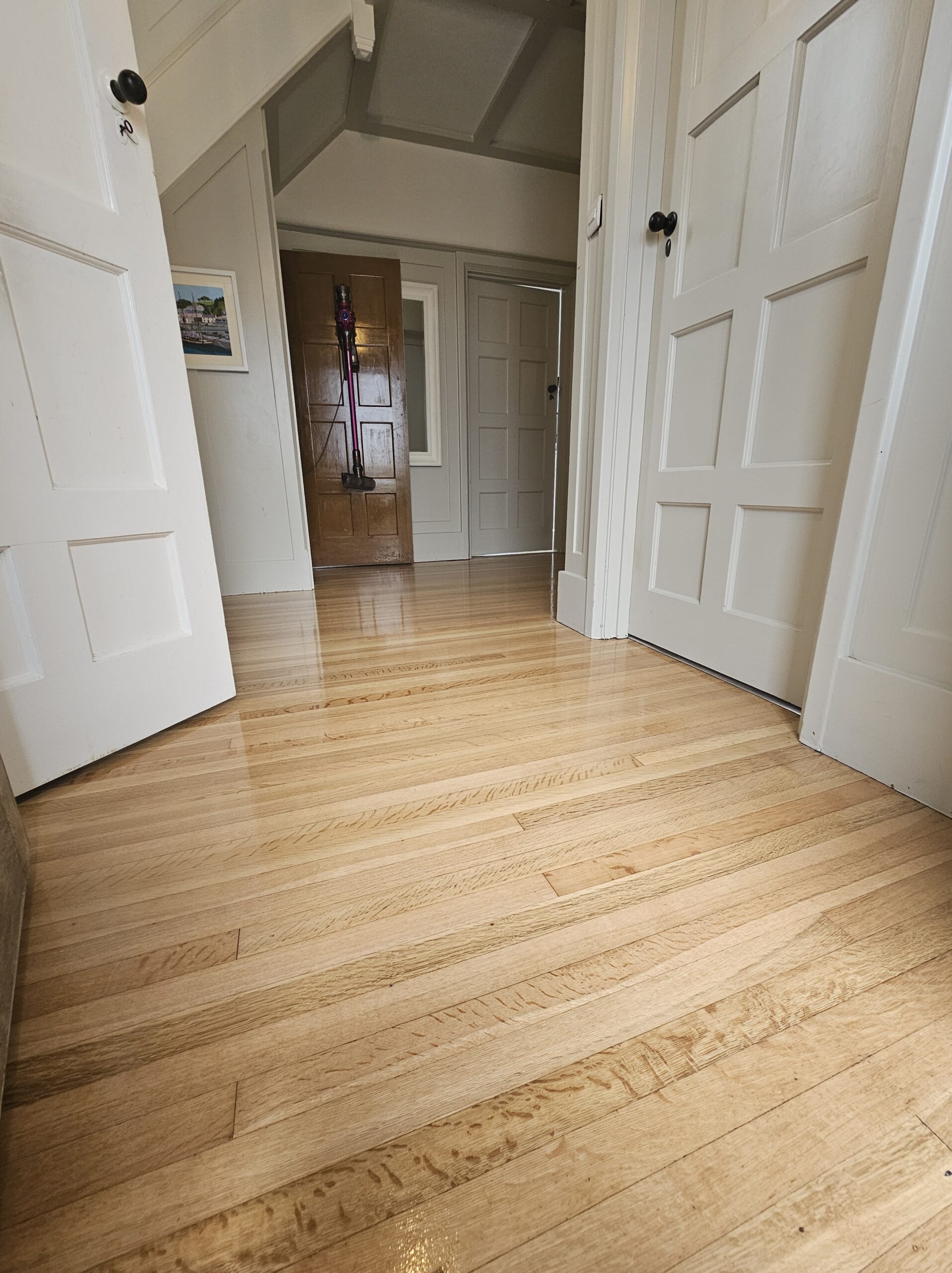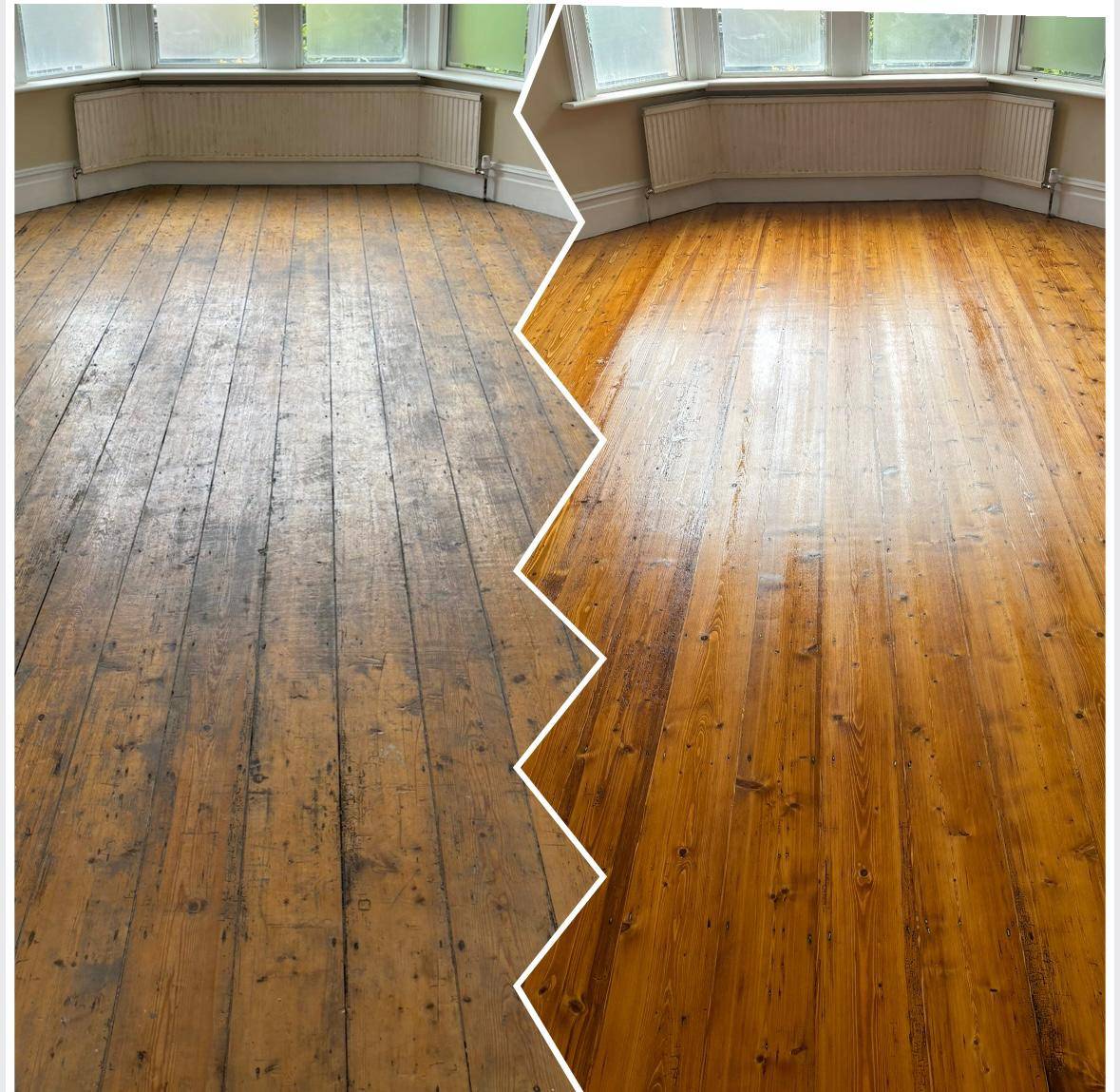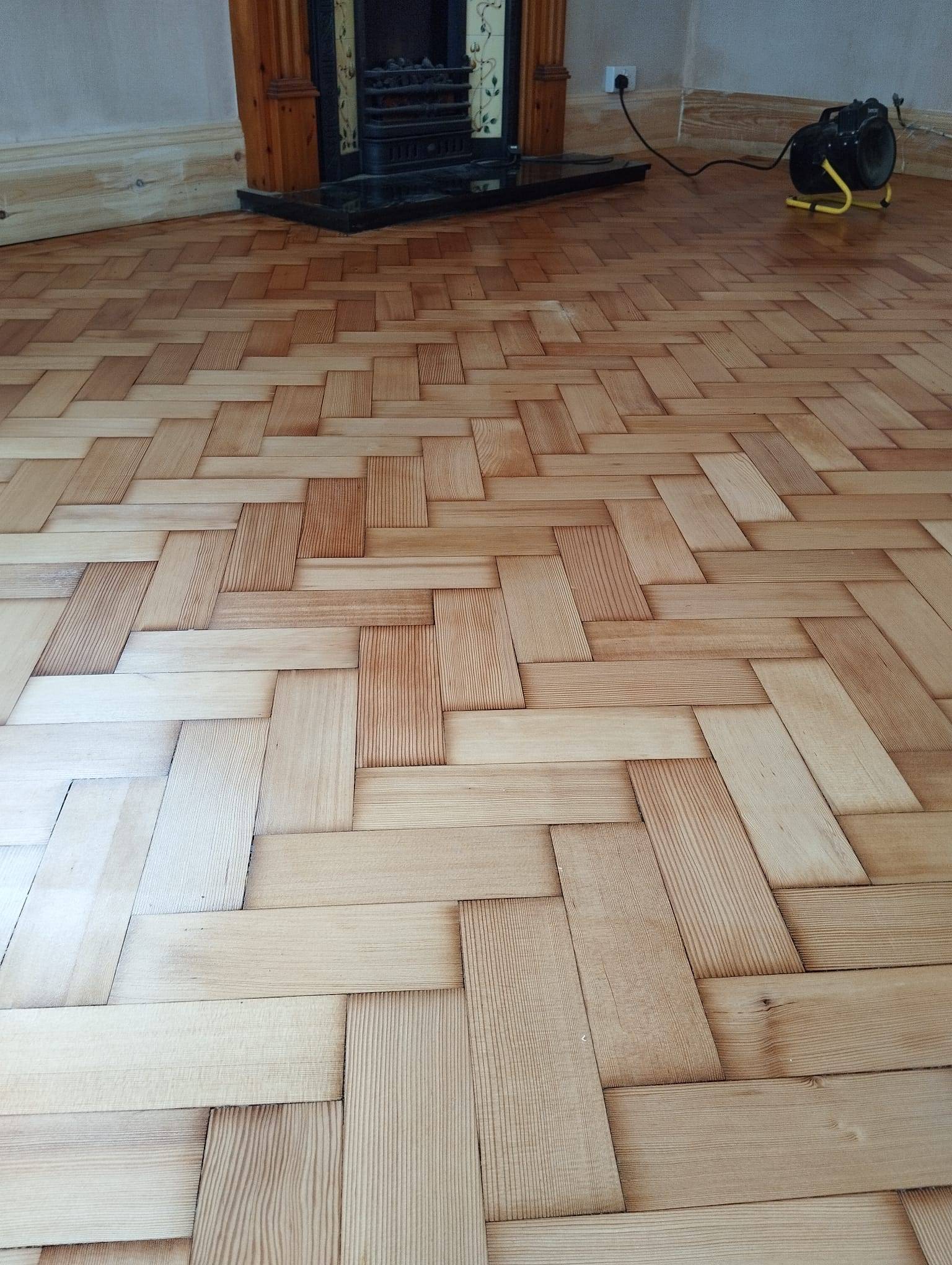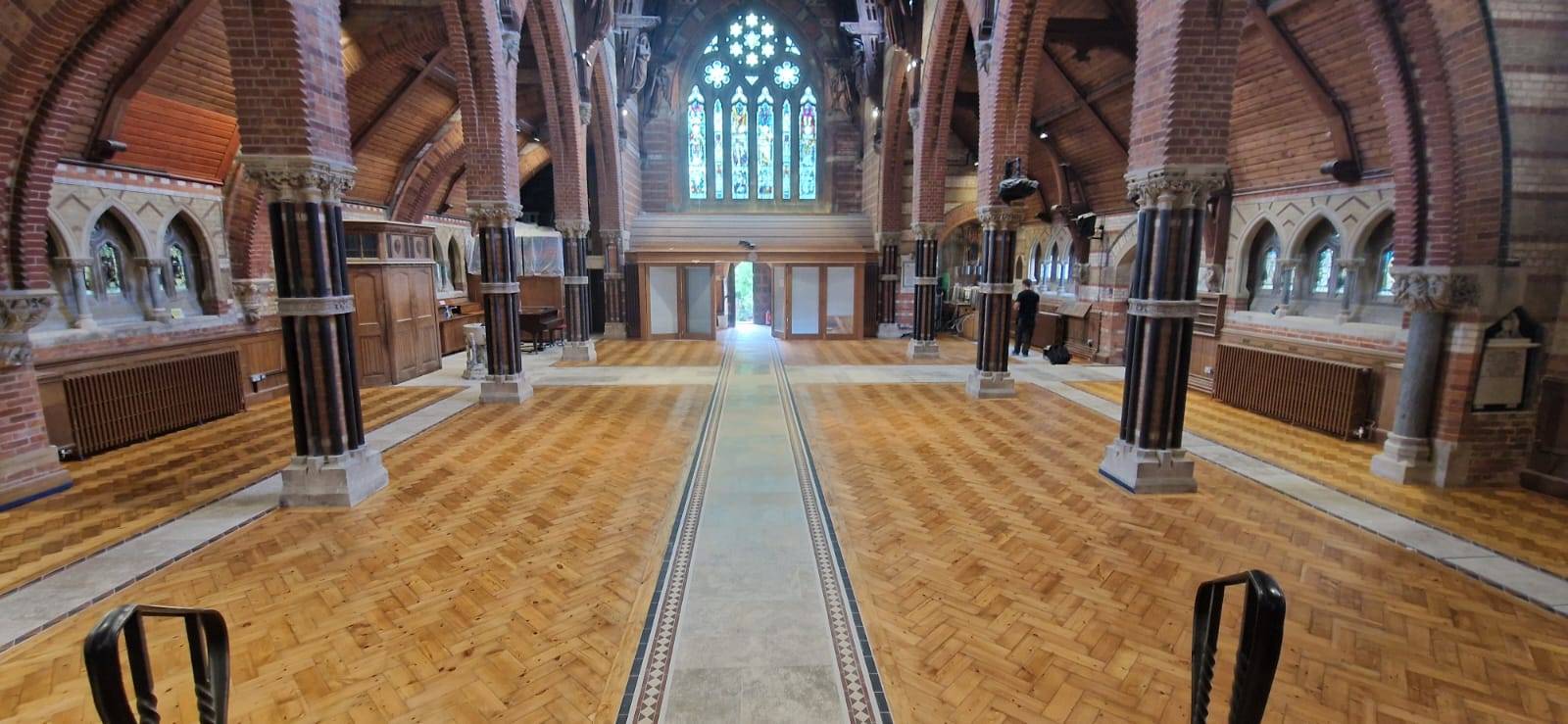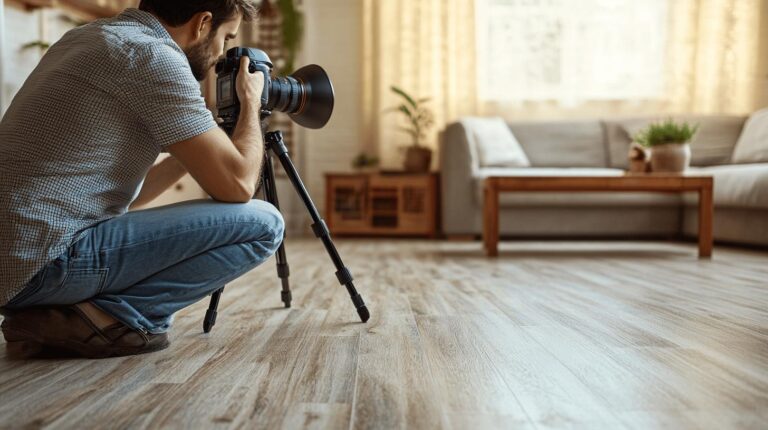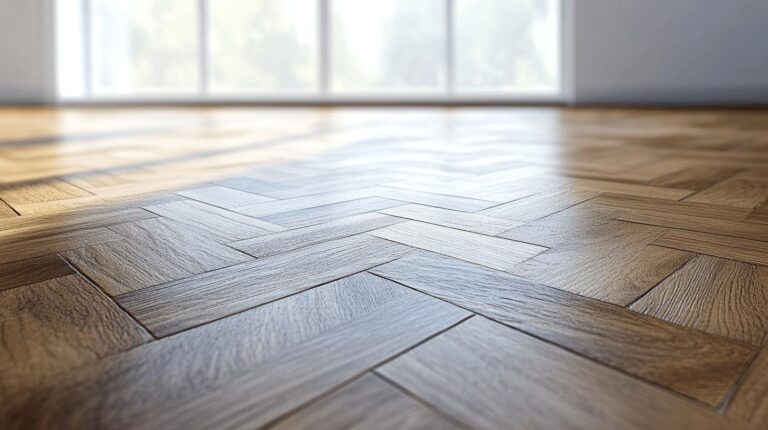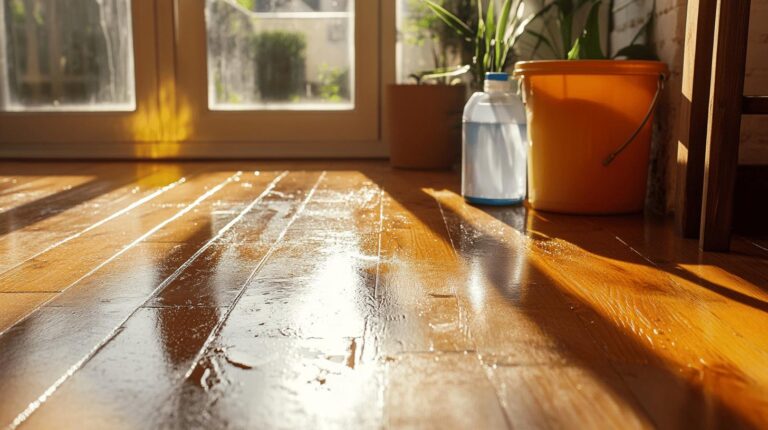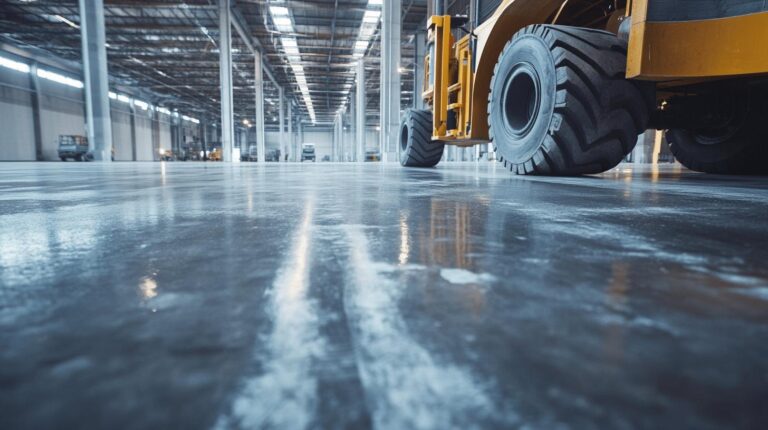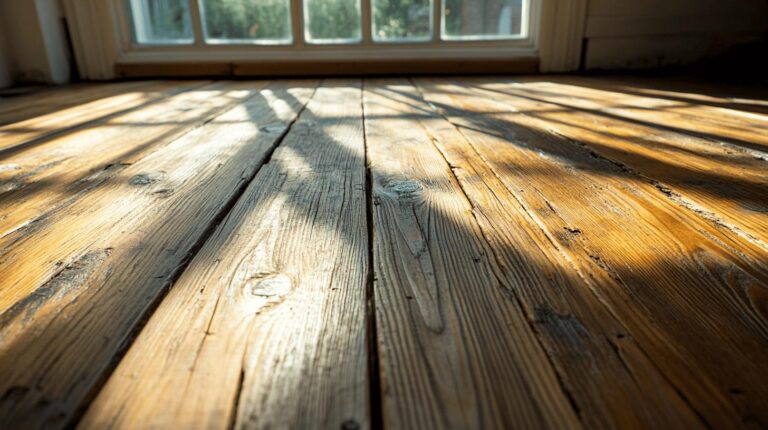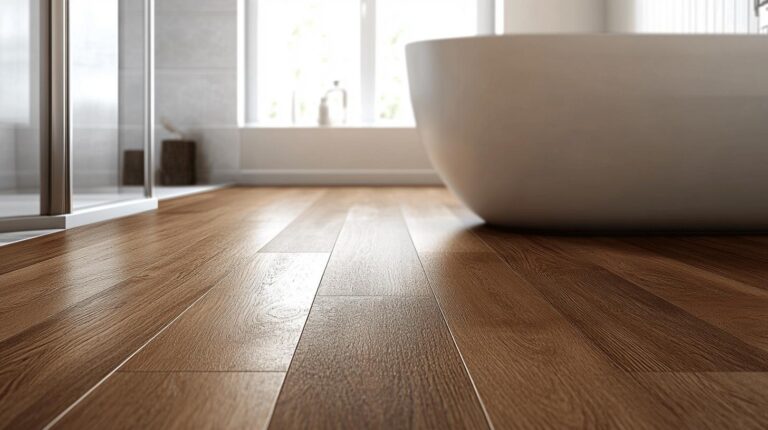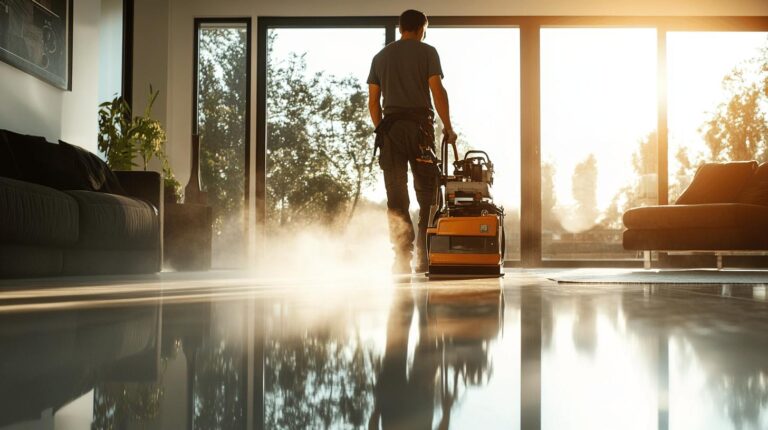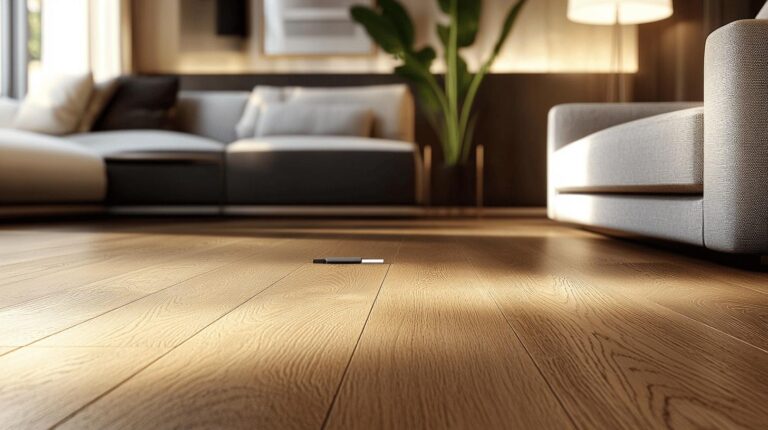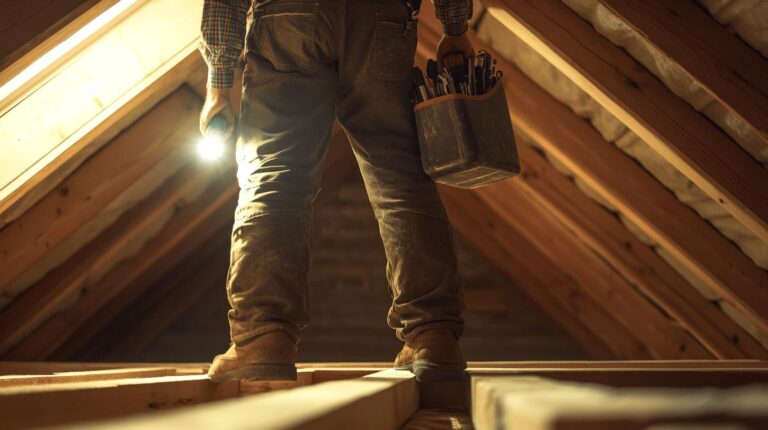Is your apartment’s wooden flooring betraying your peace of mind with every footfall and muffled conversation? The need for effective soundproofing solutions is not just an aspiration for comfort but a necessity to maintain amicable relations with neighbours and compliance with building regulations. This article delves into the principles and practicalities of soundproofing wood floors, discovering methods that shield you from intrusive noises. From cost-effective methods to professional installations, we explore how you can transform your living space into a quiet sanctuary. Stay tuned as we unravel the secrets to silent, serene living.
Understanding Soundproofing Principles for Wood Floors
Soundproofing wood floors in apartments is essential to minimise noise complaints and potential legal issues, ensuring harmonious relations with neighbours. Effective soundproofing not only enhances living comfort but also complies with building regulations, which can be crucial in densely populated settings. By addressing both impact and airborne noise, residents can enjoy a quieter, more peaceful environment.
- Impact Noise Reduction: Utilise materials that absorb vibrations, such as acoustic underlays, to combat noise from footsteps and moving furniture.
- Airborne Noise Control: Employ high-mass materials to deflect sound waves, effectively reducing noise from conversations and music.
- Cost-Effectiveness: Consider using Impact Sound Reduction Membranes, which can reduce noise by approximately 28 decibels without significant financial investment.
- Layered Systems: Implement multiple layers of soundproofing materials to enhance overall noise reduction capabilities.
- Professional Installation: For complex systems, professional installation ensures optimal performance and compliance with regulations.
Different soundproofing systems offer varying degrees of effectiveness and cost. Impact Sound Reduction Membranes are a budget-friendly option, effectively diminishing noise with minimal disruption. These membranes are suitable for homes where moderate noise reduction is sufficient. Conversely, full soundproofing systems, though more expensive and demanding to install, can absorb up to 60 decibels of sound. This approach is ideal for environments requiring comprehensive noise control, such as apartment buildings with strict sound regulations. Selecting the right system depends on specific noise challenges, budget constraints, and installation feasibility.
DIY Soundproofing Techniques for Apartment Wood Floors
DIY soundproofing offers tenants an accessible way to enhance their living environment by reducing unwanted noise. With the right methods and materials, such as MuteMat OSF 750, tenants can implement effective noise isolation solutions without extensive renovation work. These approaches are tenant-friendly, cost-effective, and can be completed with relative ease.
- Remove Existing Floor Coverings: Start by clearing the area of any old floor coverings to ensure a clean surface for installation.
- Install Dense Fibre Matting: Lay dense fibre matting across the floor to absorb airborne noise effectively.
- Apply Acoustic Strips: Position acoustic strips along the joists to enhance soundproofing by dampening vibrations.
- Fit Joist Caps: Place joist caps over the strips to further isolate noise transmission through the floor structure.
- Add MuteMat OSF 750: Roll out the MuteMat OSF 750 over the prepared surface, ensuring it covers the entire area as a primary soundproofing layer.
- Finish with Impact Sound Reduction Membrane: As a final step, apply an Impact Sound Reduction Membrane across the floor to minimise impact noise from footfalls and furniture.
DIY soundproofing techniques offer several benefits, including affordability and the ability to tailor solutions to specific noise issues. However, these methods may not entirely match the effectiveness of professional installations, which often involve more comprehensive systems and expert precision. Professional soundproofing can achieve higher decibel reduction levels, making it ideal for those requiring stringent noise control. While DIY methods provide practical solutions for many, understanding the limitations is crucial to managing expectations and achieving the desired soundproofing outcome.
Professional Soundproofing Installation: Why Choose Ryan’s Restoration
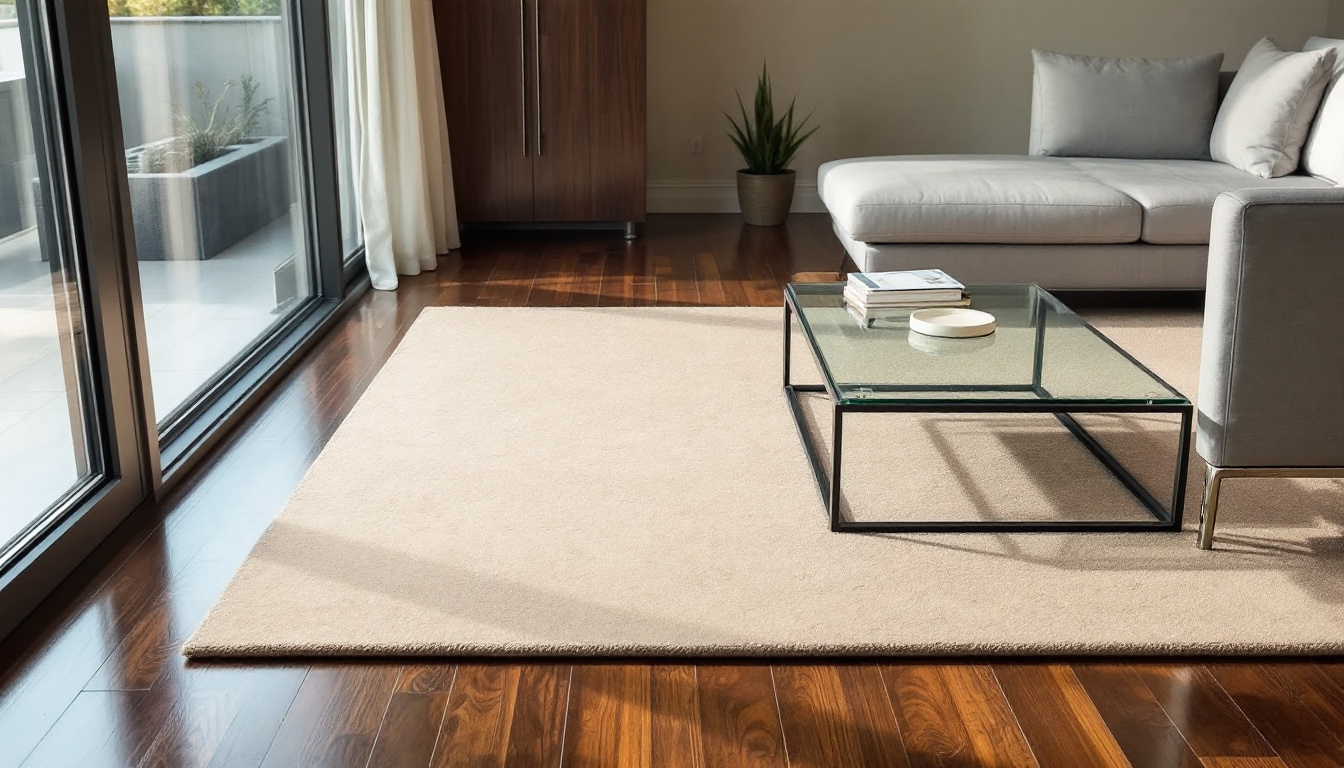
The intricacies involved in installing full soundproofing systems for wood floors often necessitate the expertise of professional services. These systems require a detailed approach, including the removal and replacement of subfloors, which can be both challenging and labour-intensive. Professional soundproofing services ensure that all components are correctly installed, optimising noise reduction and maintaining structural integrity. Hiring experts for such complex tasks not only guarantees compliance with soundproofing standards but also minimises the risk of costly errors or incomplete noise control solutions.
Ryan’s Restoration stands out as a leading choice for those seeking professional soundproofing installations in apartment buildings. Known for their exceptional craftsmanship and attention to detail, they provide high-quality services that prioritise client satisfaction. Their team is adept at navigating the regulatory landscape, ensuring that all installations meet the necessary building regulations and noise reduction requirements. By choosing Ryan’s Restoration, clients benefit from a dedicated service tailored to their specific noise challenges, resulting in a quieter and more comfortable living environment.
Comparing Soundproofing Materials for Wood Floors
Selecting the right soundproofing materials is critical for effectively reducing noise in apartment buildings. The choice of materials can significantly impact the ability to dampen different types of noise, such as impact and airborne sounds. Understanding the specific properties and uses of each material helps ensure optimal performance and comfort.
Acoustic Mineral Wool is particularly effective in absorbing airborne sound, making it an excellent choice for reducing noise from conversations and music. Its high-density composition traps sound waves, providing a substantial barrier against airborne noise. However, it may require additional layers for maximum effectiveness, particularly in high-traffic areas.
Impact Sound Reduction Membranes are designed to address impact noise, such as footsteps and furniture movement. These membranes can attenuate noise levels by approximately 28 decibels, making them a cost-effective solution for areas with moderate noise challenges. While impactful for impact noise, they may need to be combined with other materials to tackle airborne sound effectively.
Regupol 3912 offers a versatile approach to noise dampening, suitable for a variety of noise types. Its comprehensive noise reduction capabilities make it a popular choice for environments requiring balanced soundproofing solutions. Although effective, it might be more expensive than other materials, making it essential to weigh the cost against the degree of soundproofing needed.
For optimal results, it is crucial to match the material to the specific noise issues present in the apartment setting. Combining different materials can enhance overall soundproofing performance, ensuring a quieter and more comfortable living environment.
Cost Considerations for Soundproofing Wood Floors
The costs associated with soundproofing wood floors in apartments can vary significantly based on the materials used and the complexity of the installation process. Generally, the cost factors include the price of materials, the labour involved, and any additional structural modifications required. Impact Sound Reduction Membranes are among the more cost-effective solutions, providing substantial noise reduction for a relatively modest investment. These membranes are particularly popular for their ability to attenuate impact noise without the need for extensive installation efforts. On the other hand, full soundproofing systems, which may include multiple layers of different materials, tend to be more expensive due to increased material costs and the need for professional installation. Despite the higher initial expense, these systems offer enhanced noise reduction capabilities and are ideal for environments where stringent noise control is essential.
- Impact Sound Reduction Membranes
- Acoustic Underlays
- Dense Fibre Matting
- Carpet Overlays with Underlays
- DIY Kits for Simple Installations
Investing in soundproofing not only enhances living comfort but also contributes to long-term benefits and return on investment. Improved noise control can lead to increased tenant satisfaction, reduced noise complaints, and potentially higher property values. Effective soundproofing can also extend the lifespan of flooring by minimising wear and tear caused by noise-related vibrations. By carefully selecting cost-effective soundproofing options and considering the specific noise challenges of a given environment, property owners can achieve a quieter, more harmonious living space that meets both aesthetic and functional needs.
Enhancing Apartment Living with Soundproofed Wood Floors
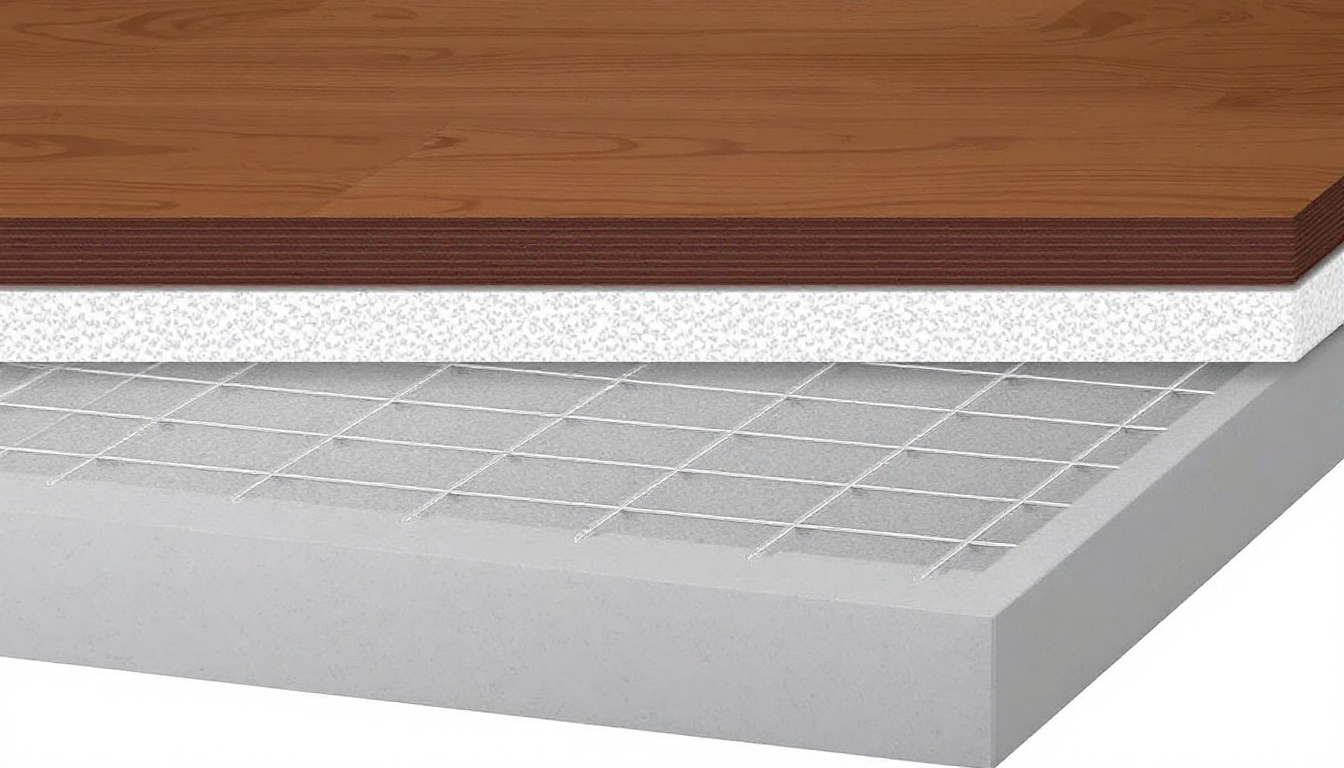
Soundproofing wood floors significantly enhances the quality of life within apartment buildings by creating a more peaceful and serene environment. By reducing noise from footsteps and moving furniture, residents can enjoy their living spaces without the constant disruption of everyday sounds. This acoustic improvement not only fosters a sense of tranquillity but also allows tenants to engage in activities like listening to music or hosting gatherings without disturbing their neighbours. The reduction in noise pollution contributes to a healthier living atmosphere, promoting relaxation and mental well-being.
Furthermore, effective soundproofing positively impacts tenant satisfaction and strengthens community relations. When residents experience fewer disturbances, their overall satisfaction with their living conditions increases, leading to longer tenancies and improved tenant retention. Soundproofing also enhances the aesthetic appeal of apartments by incorporating modern materials that blend seamlessly with interior design. Functionally, it protects wood floors from wear and tear caused by noise-related vibrations, thereby extending the lifespan of the flooring. These improvements collectively contribute to a higher quality of living, making soundproofed apartments a preferred choice for those seeking a harmonious and comfortable residential experience.
Final Words
Understanding soundproofing principles is crucial for preventing noise complaints and maintaining harmony within apartment buildings. DIY techniques offer cost-effective and accessible solutions for tenants. However, professional installations like those from Ryan’s Restoration provide nuanced expertise, critical for more complex systems.
The choice of materials is vital, each offering unique benefits and limitations. While cost considerations play a significant role, the long-term advantages far outweigh the expenses. Soundproofing solutions for wood floors enhance the quality of life, creating peaceful, quiet environments. Achieving effective soundproofing elevates apartment living, ensuring both aesthetic and functional satisfaction.
FAQ
Q: What are the effective soundproofing solutions for wood floors in flats?
Impact Sound Reduction Membranes and full soundproofing systems are effective. Membranes reduce noise by approximately 28 decibels, while full systems can absorb up to 60 decibels. Both options improve noise control without aesthetic loss.
Q: Can you soundproof a wooden floor in an apartment?
Soundproofing a wooden floor in an apartment is possible using techniques like installing acoustic underlays, using dense materials, or opting for professional systems. These methods are designed to reduce both impact and airborne noise.
Q: What are some DIY soundproofing techniques for wooden floors in apartments?
DIY techniques include removing old floor coverings, laying dense fibre matting like MuteMat OSF 750, and adding acoustic strips, joist caps, and Impact Sound Reduction Membranes. These steps offer tenant-friendly noise reduction.
Q: Is it illegal to have wooden flooring in an upstairs flat in the UK?
Wooden flooring itself isn’t illegal, but proper soundproofing is crucial in UK flats to comply with building regulations and prevent noise complaints. Ensuring adequate noise control measures is essential for legal compliance.
Q: How can I soundproof my floor from noisy neighbours?
To soundproof your floor, consider installing high-mass materials, acoustic underlays, or engaging professionals for comprehensive systems. These steps effectively dampen noise from neighbouring flats, enhancing privacy and comfort.
Q: Are there soundproofing legal considerations for flats in the UK?
UK laws require sufficient soundproofing in flats to prevent disturbances. Effective soundproofing prevents potential legal issues, as improper noise control may lead to disputes and legal action from affected parties.
Q: Why should I choose professional soundproofing installation over DIY methods?
Professional installation ensures comprehensive noise reduction and compliance with regulations. Experts like Ryan’s Restoration provide tailored solutions, intricate designs, and long-lasting results that DIY methods may not achieve.
